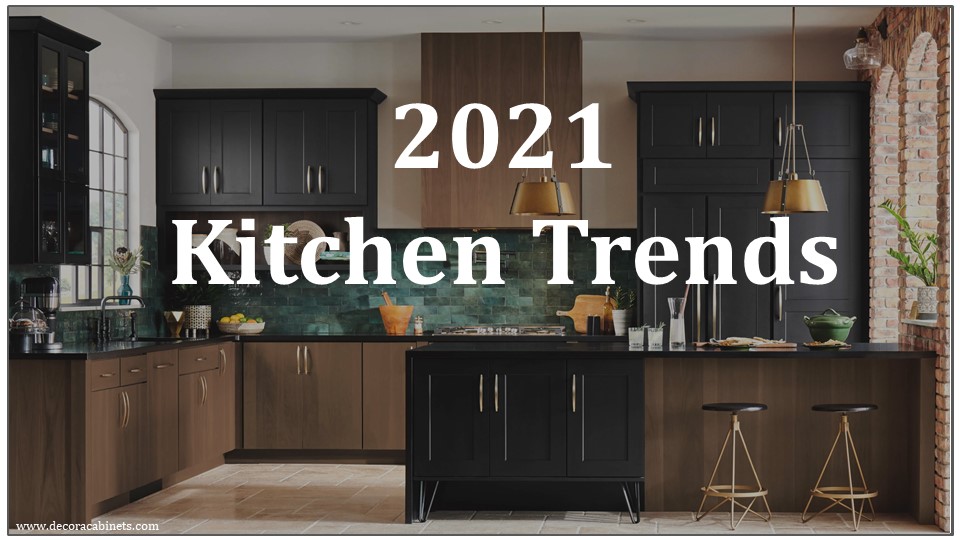Biophilic Design Can Change Your Life
Yes, really! Great design always marries form with function, but a design is truly special when it can actually impact your life in a plethora of positive psychological ways. And I’ll get to all of those benefits in just a moment, but first…what is Biophilic Design?
You likely have seen it, especially in commercial spaces, but simply may not have realized what you were looking at. Put simply, Biophilic Design is the incorporation of nature into design, either by directly including natural elements or simulating a natural environment.
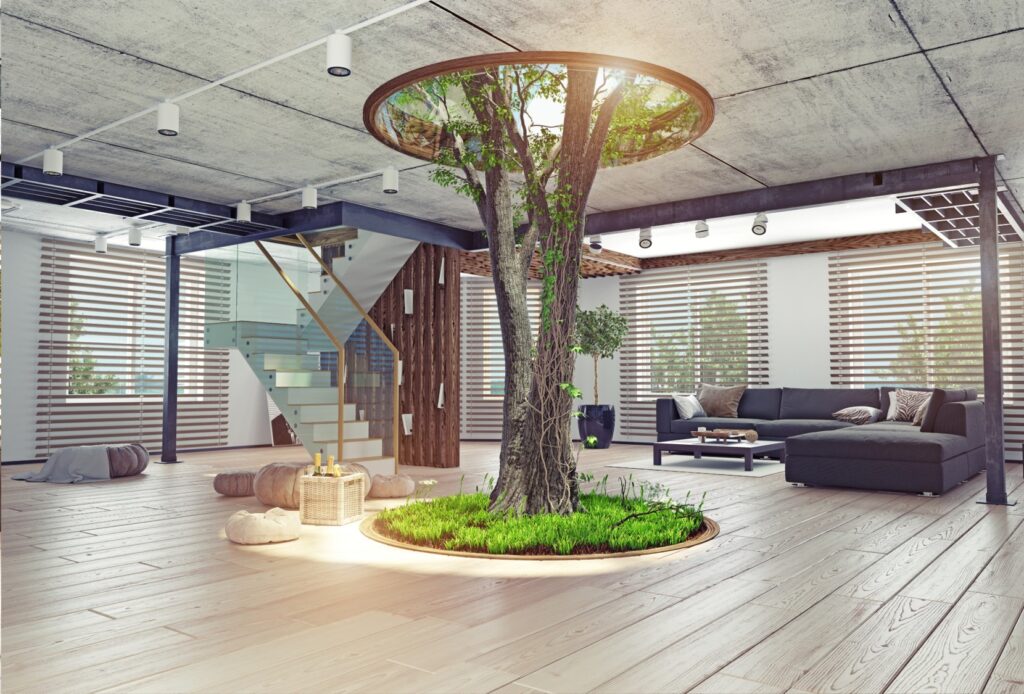
The goal of Biophilic Design is to restore the natural bond between human beings and nature, and as much as possible, blur the lines between outside and inside.
So, why would we want to do that? Well, it’s no secret that the vast majority of us spend 90% of our time indoors on a regular basis. According to Edward O. Wilson, a biologist and one of the fathers of Biophilic Design, he believed that humans greatly benefit from being surrounded by greenery, organic shapes and textures, so finding a way to incorporate these elements indoors is good for us both physically and psychologically.
It turns out his theory was correct. The known benefits of Biophilic Design include:
- Stress reduction
- Improved mood, cognitive function, and health
- Increased energy, creativity, productivity, and feeling of safety
- Provides a better quality of life
It is for all of these reasons that Biophilic Design has really started to take off, most noticeably in the commercial world with high stress environments like hospitals and the high tech industry leading the way.
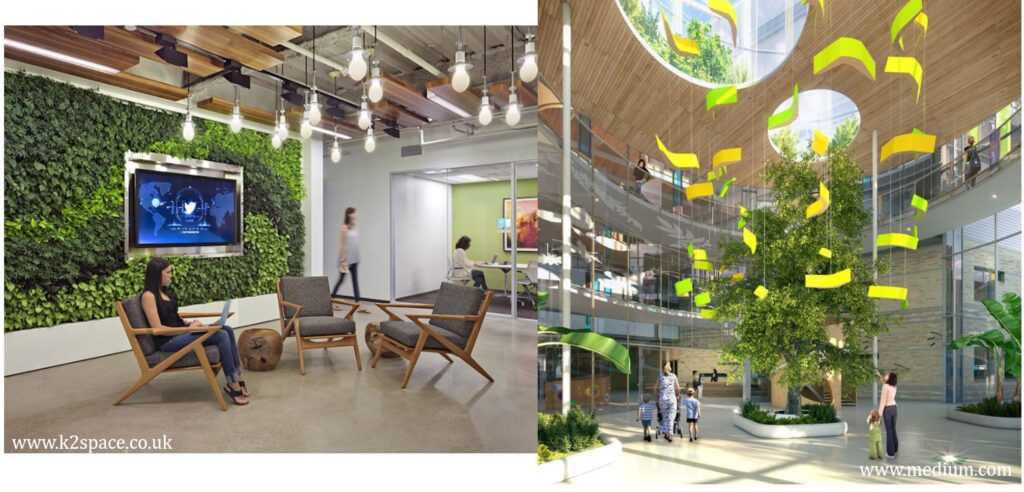
So if these high stress environments are reaping the benefits of this design movement, imagine what it can do for you in your own home!
Now you may think that Biophilic Design is just about adding plants, an interior garden, or a living plant wall to your home, and those are certainly great ideas, and fairly easy to do. Even the living plant wall can be implemented fairly easily as there are companies out there that you can hire to do this for you.
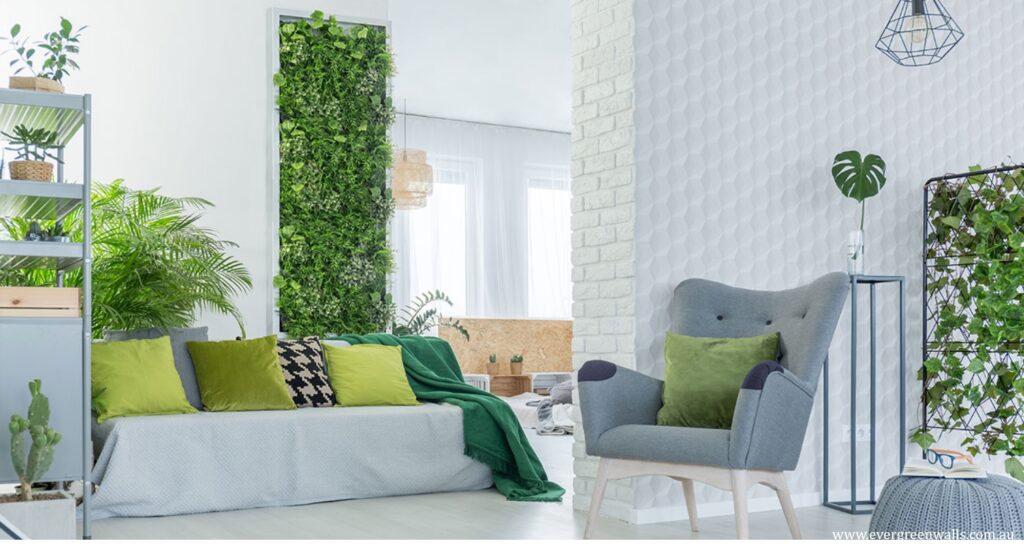
But that’s just the beginning. Let’s talk about how we can incorporate Biophilic Design into our homes, whether you live in a tiny studio apartment/flat or in a large, multi-leveled home.
Plants, Plants Everywhere!
First, going back to the plants, don’t just limit yourself to potted plants that can be placed on the floor or on your tables. Consider hanging plants in different areas of your home from the ceiling or on the walls.
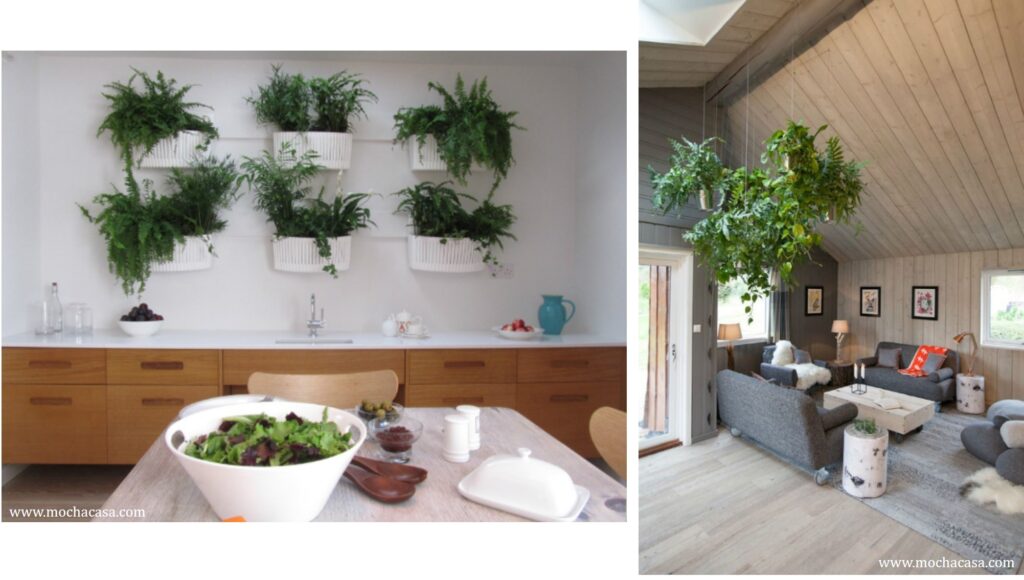
As I previously mentioned, if you have the budget and space, a living plant wall is an incredible addition to a home, but you could also do an artificial green wall, which can look beautiful, but you will obviously lose the CO2 and air cleaning benefits you get from real plants.
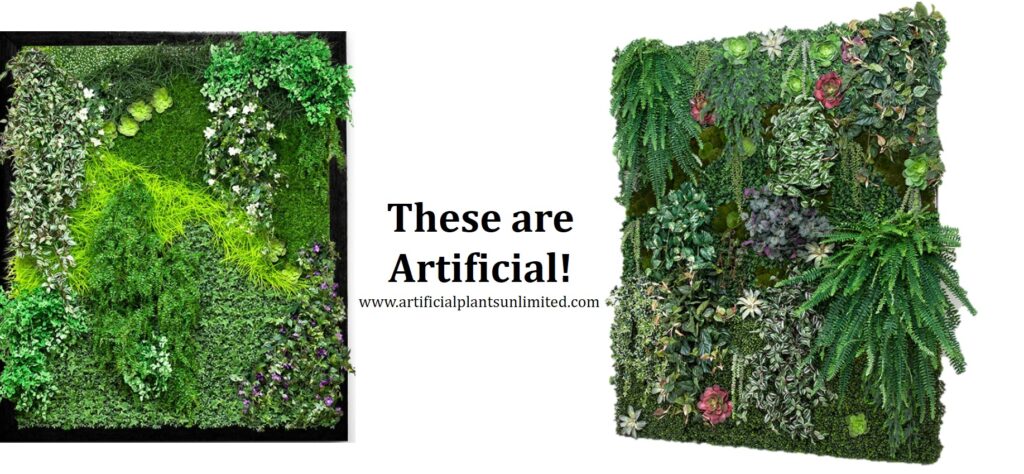
The advantage to the faux approach is you don’t have to worry about getting water to your display and there’s no chance of water leaks, although using air plants that only need misting would be a nice alternative. Finally, consider growing herbs in your home as many of them give off a lovely scent, which will positively impact your olfactory senses.
Increase Your Natural Light
Next, look to increase your natural light, which you can do by leaving your windows bare or ensuring that your curtains or drapes sit on the edge of the window. Just make sure you keep your windows clean.
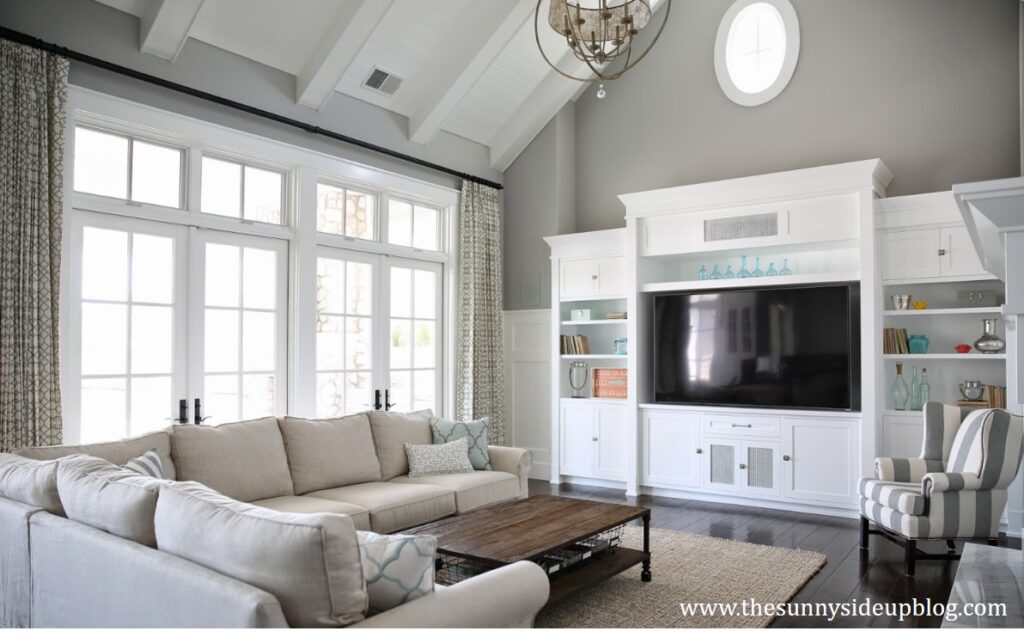
Also, try to open your windows as much as possible to let the breeze in as this has been shown to help balance some of our hormones. Finally, you could also consider adding skylights.
Speaking of lighting…
Use a Circadian Lighting System
Consider implementing a lighting system in your home that mimics our circadian rhythm and supports the 24 hour clock naturally. Meaning, this smart lighting will change throughout the day to automatically match the sleep/wake cycles of the human body. There are 3 ways this is done – first, via “intensity tuning”, which essentially changes the brightness of the lighting throughout the day; second, via “color tuning”, which changes the temperature of the lighting – specifically warmer lighting in the early morning and evening, and cooler lighting mid-day; and finally, “stimulus tuning” which involves replacing the “bad blue” wavelengths, which have a negative impact on melatonin production after long term exposure, with “good blue” wavelengths. Primarily seen in the commercial space, we are now seeing this type of lighting system being used in residential applications as well – so exciting!
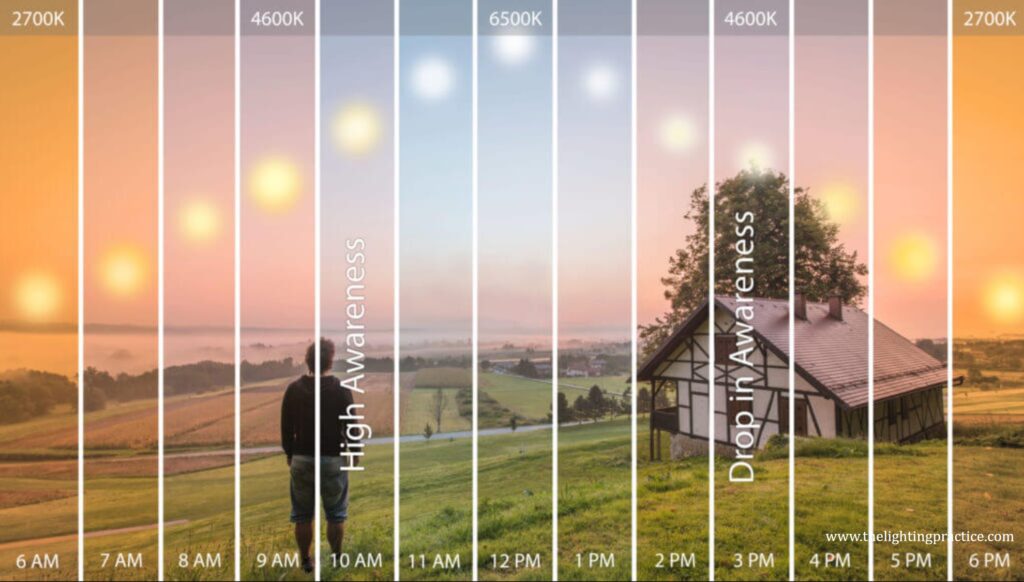
Use Colors and Materials from Nature
Use colors in your color scheme from nature such as greens, blues, browns, and earth tones and include natural materials, such as unfinished woods, stone, fossils, raw metals, cork, bamboo, sisal and jute.
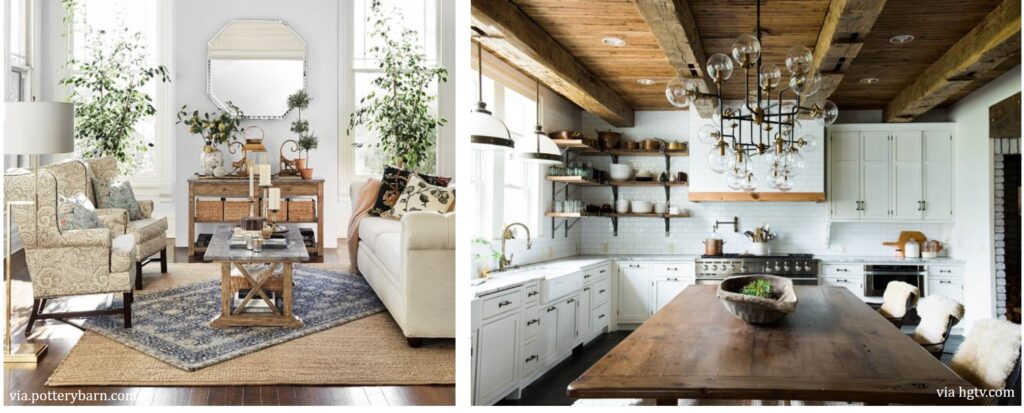
Select Patterns and Artwork from Nature
Incorporate fabrics with obvious nature patterns or geometric patterns seen in nature, which our brain will naturally associate with nature, and/or select artwork that depicts items or scenes from nature. Or if you love wallpaper, consider using a wallpaper that depicts trees or flowers.

Choose Furniture with Natural Shapes
Along the same lines, be sure to select furniture pieces with naturals shapes – so what does that mean?Well, there are obvious choices like a live edge coffee or dining table or perhaps a tree trunk side table, but really anything with curved lines or complex patterns, which mimic nature, works.
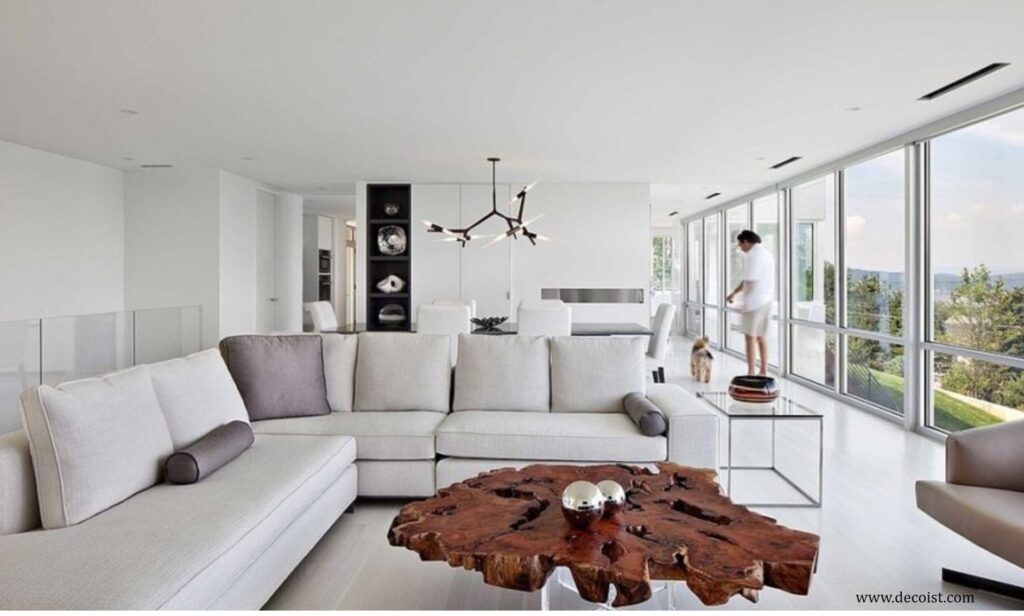
Water Features Serve Double Duty
Indoor water features are an excellent choice in Biophilic Design. Not only for the aesthetics, but the sound of running water from an indoor water fountain or even an indoor waterfall is always a soothing background sound.
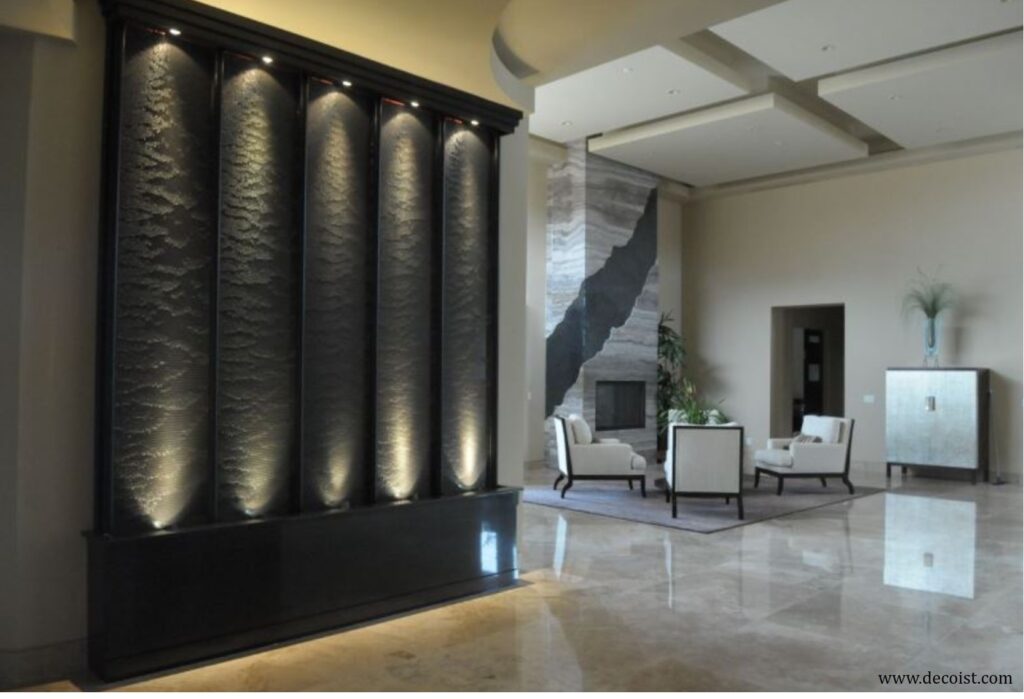
Maximize Your Outdoor Views and Spaces
Finally, work to improve the views outside your windows by planting trees, plants and using water features such as fountains, birdbaths, or ponds. Once that’s done, create a cozy seating area for yourself around that window, either with chairs or a window seat, so you can sit, relax and more readily enjoy the view. Or if you are an urban dweller with just a balcony or patio, do your best to incorporate as much greenery as you can in your limited outdoor space.
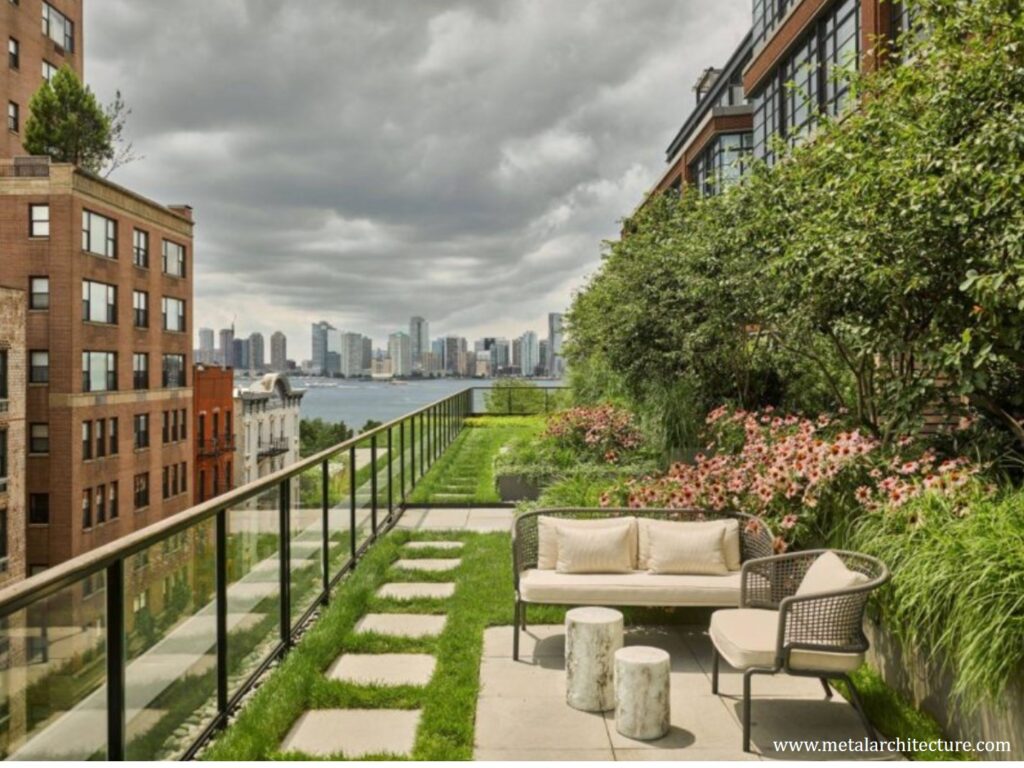
It’s important to understand that just including 1 of these changes or items in your home – such as a single plant or a picture of nature – will not reap the benefits that I discussed earlier.
True Biophilic Design takes into account the entire home, and builds in Biophilic Design elements at multiple points.
Finally, if you’re interested in making these changes within an eco-friendly, sustainable framework, then be sure to buy local, buy used, and/or buy eco-friendly products. I hope you are now inspired to incorporate Biophilic Design into your own home.
Happy Decorating!



